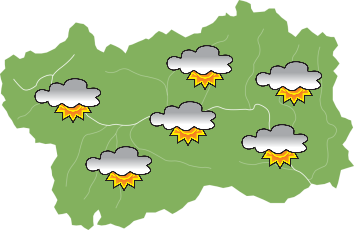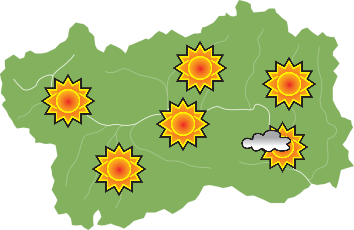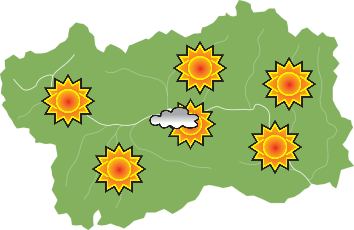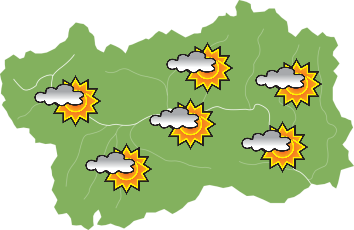The centre is closed until the end of 2025
Thanks to this ancient construction of the 18th century, carefully restored, it is possible to understand how rural environments were organised in peasant culture and visit the exhibition of the archive of the “Concours Cerlogne” (school competitions for works in “patois”, the Provençal dialect in Val d’Aosta) from 1963 to the present day.
The centre has a conference hall, a library specialised in Provençal dialectology and local Alpine history and holds the Sound Archives cassettes and microfilm of the “Concours Cerlogne”.
The centre is an ancient 18th-century construction, part of the village of Fossaz-Dessus and an example of a classic rural mountain house. It lies among other constructions and is on sloping terrain with three and a half storeys, with the axis parallel to the levels: this is a constant feature of the village’s architecture. The space is organised into a stable (bòou) on the ground floor, a kitchen (méisôn) and the bedroom (tsambra) on the first floor and the hay barn (pailler) on the top part of the building.
In 1986 the regional administration purchased the building and started reconstruction, modifying the layout of the rooms in the grange, to house the Centre, which opened on 12 November 1988. Architects Louis Bochet and Alberto Breuvé managed to safeguard the old structures, proposing a reconstruction that was functional, while respecting the traditional elements.
On site and by reservation it is possible to consult the library specialized in the Franco-Provençal language and Alpine ethnology and the archive of the Cerlogne concours (more than 4000 volumes: these are the works in patois, from 1962 to today, by the schools participating in the annual competition).










